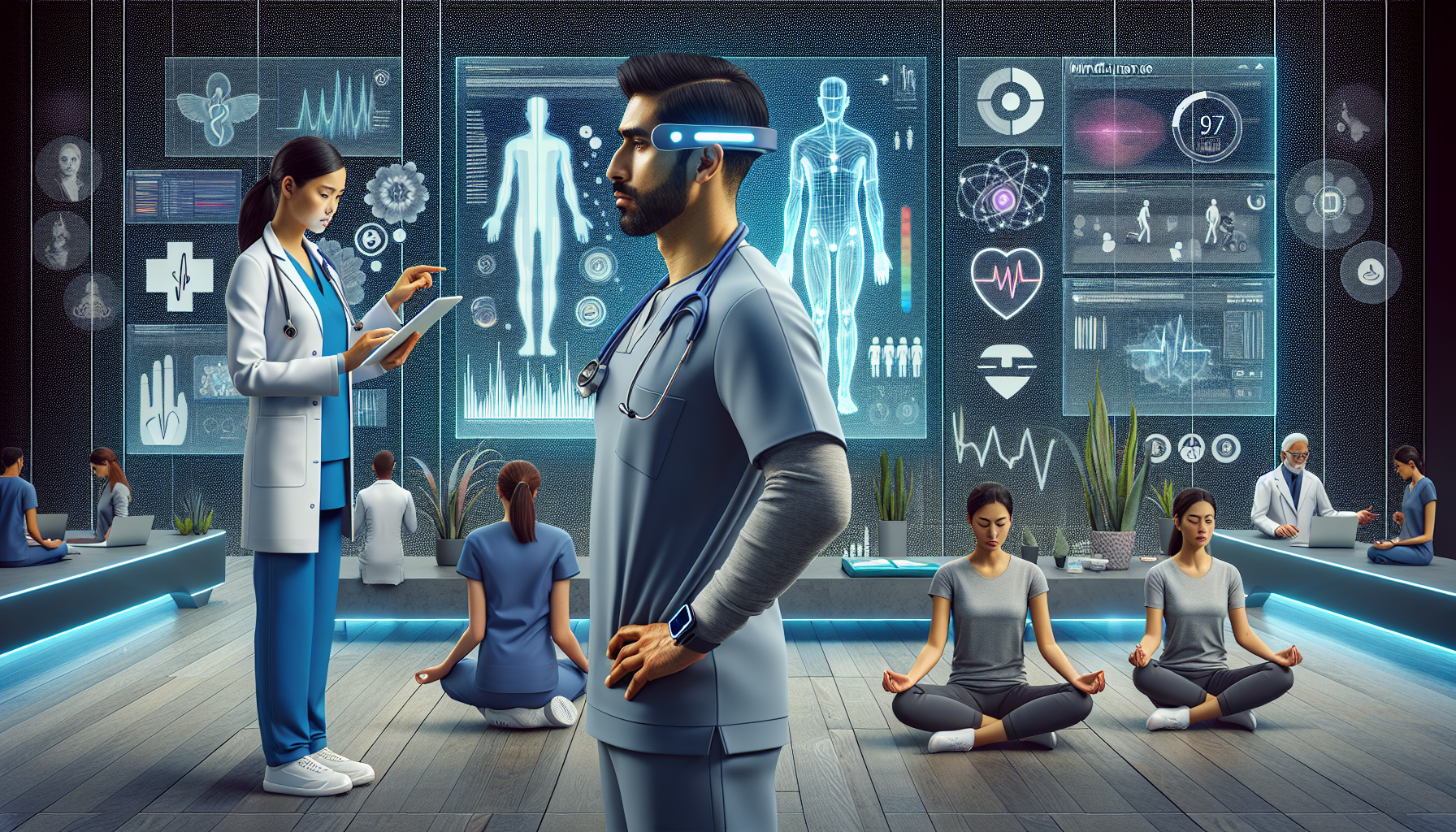
The future of work in healthcare is changing fast. Workforce shortages, the gig economy, and new technologies are transforming healthcare delivery and management. This article looks at how these trends will affect patient care, healthcare professionals, and organizational strategies.
Key Takeaways
The healthcare workforce is experiencing significant shortages, particularly in home health services, creating challenges for patient care and operational efficiency.
The integration of telehealth technology and AI is transforming healthcare delivery, improving access to care, and enhancing patient engagement while reducing the need for in-person visits.
Flexible work models, influenced by the gig economy, are becoming more prevalent, providing healthcare practitioners with better work-life balance and improving job satisfaction.
Overview of the current state of the healthcare workforce.
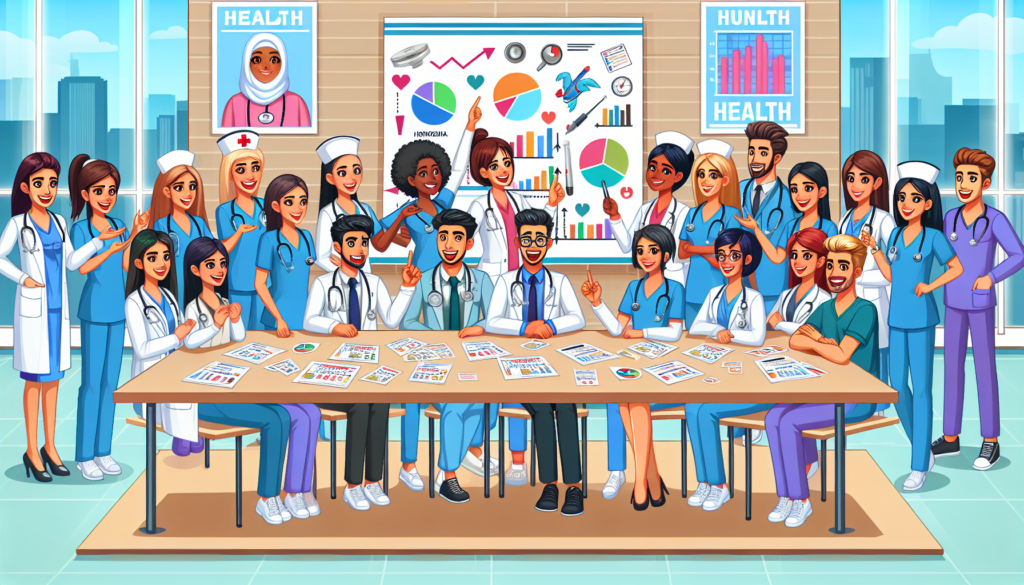
The healthcare workforce is currently facing significant challenges, particularly in the realms of home health, hospice, and home care. The demand for these services is growing rapidly, but the supply of qualified health care professionals is struggling to keep pace. This imbalance is creating stress on the system and raising concerns about the ability to provide quality care to patients.
At the same time, the global gig economy is making its mark on the healthcare industry. Flexible work models, once rare in this sector, are becoming more common as healthcare providers look for innovative ways to meet demand. This shift is not just about filling gaps but also about offering healthcare practitioners more control over their work-life balance, potentially leading to better health outcomes for both providers and patients.
These trends highlight the need for a strategic approach to workforce management in healthcare. Understanding the current state and anticipating future needs allows healthcare organizations to better prepare and adapt to the evolving landscape.
Current State of Affairs in Healthcare
The healthcare sector is grappling with workforce shortages that have far-reaching implications. There is a significant gap between the demand for healthcare services and the availability of qualified health care professional. This demand is especially pronounced in home health services, where the aging population is driving an increase in the need for personalized care.
Staffing challenges are not just numbers on a page; they have real-world impacts on patient care and operational efficiency. Case studies reveal that when healthcare providers are understaffed, patient care suffers. Delays in treatment, increased hospital readmissions, and lower overall patient satisfaction are just a few of the negative outcomes.
Telehealth technology and electronic health record (EHR) are emerging as critical tools in addressing these challenges. Remote consultations and efficient patient data management, facilitated by these technologies, help healthcare practitioners provide better care management and improve health outcomes. Telehealth services have proven effective in managing chronic conditions like heart failure and diabetes, reducing the need for frequent in-person visits and lowering the risk of hospital readmissions.
Moreover, digital health innovations are enhancing patient engagement and self-management. The patient portal and mobile devices allow individuals to track their vital signs, access their medical information, and communicate with their healthcare providers. This level of engagement is crucial for managing chronic conditions and ensuring continuity of care, ultimately benefiting the patient’s health.
In addition to technological solutions, there is a growing emphasis on mental health and preventive care. Healthcare providers are increasingly recognizing the importance of addressing mental health conditions alongside physical health, as the two are deeply interconnected. Adopting a holistic approach to patient care enables healthcare organizations to achieve better health outcomes and improve overall patient satisfaction.
The Global Gig Economy and Healthcare
The gig economy, characterized by short-term contracts and freelance work, is transforming various industries, and healthcare is no exception. This model offers healthcare practitioners the flexibility to choose when and where they work, which can be particularly appealing in high-stress environments like home health, hospice, and home care.
Flexible work models are becoming more prevalent as healthcare providers seek to adapt to the changing demands of the workforce. Embracing the gig economy allows healthcare organizations to fill staffing gaps more efficiently and provide continuous patient care. This approach also allows healthcare professionals to balance their personal and professional lives better, potentially leading to improved job satisfaction and retention rates.
The integration of the gig economy into healthcare is not without its challenges. Ensuring the quality and consistency of care, managing digital health records, and navigating regulatory requirements are just a few of the hurdles that providers must overcome. However, the potential benefits, including increased flexibility and access to a broader pool of healthcare providers, make it a promising avenue for the future of healthcare.
Technological Innovations
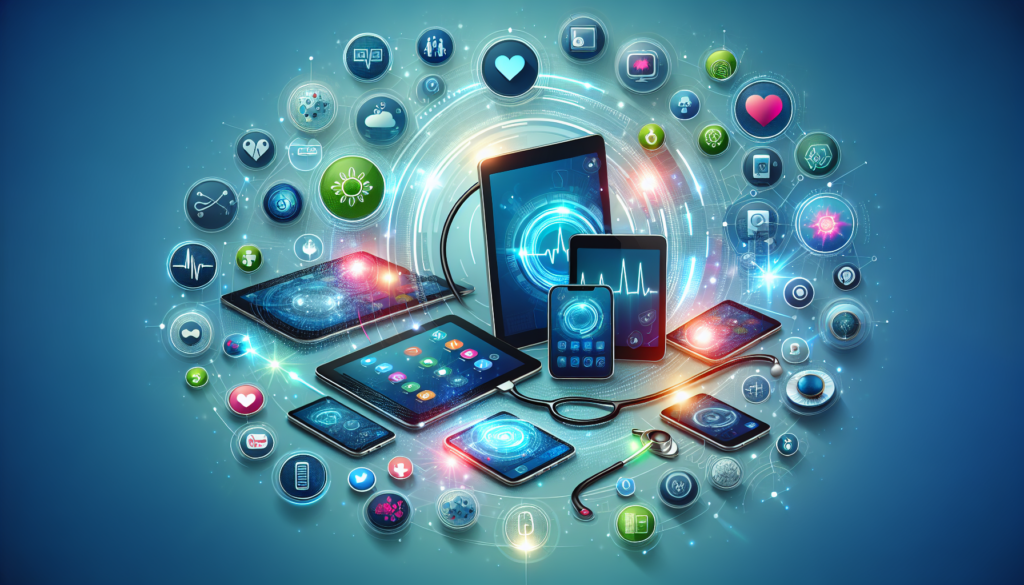
Technological advancements are revolutionizing the healthcare industry, offering new ways to enhance patient care and streamline operations. Telehealth technology and artificial intelligence (AI) are at the forefront of this transformation, particularly in home health settings. Telehealth enables remote consultations, reducing the need for in-person visits and making healthcare more accessible, especially for patients in remote or underserved areas.
AI is playing a crucial role in analyzing vast amounts of digital information to support diagnosis and treatment decisions. For example, AI-powered tools can analyze medical images with a level of precision that rivals the human eye, assisting healthcare providers in identifying conditions like cancer at earlier stages. Companies like SHIFTit are integrating these technologies to improve workforce management, ensuring that healthcare practitioners can deliver high-quality care efficiently.
Beyond telehealth and AI, other technological innovations are also making significant impacts. The National Center for Biotechnology Information (NCBI) is enhancing its Taxonomy resource by incorporating new data and updating biological naming conventions, which is critical for accurate medical research and treatment development. Recent updates include the reclassification of over 1,200 species of budding yeasts, showcasing the genomic diversity comparable to that of plants and animals.
These advancements are not just about high-tech gadgets but about fundamentally changing how healthcare is delivered. Leveraging digital health technologies enables healthcare providers to offer more personalized and effective treatments, ultimately leading to better health outcomes for patients.
Creating a Future-Ready Workforce
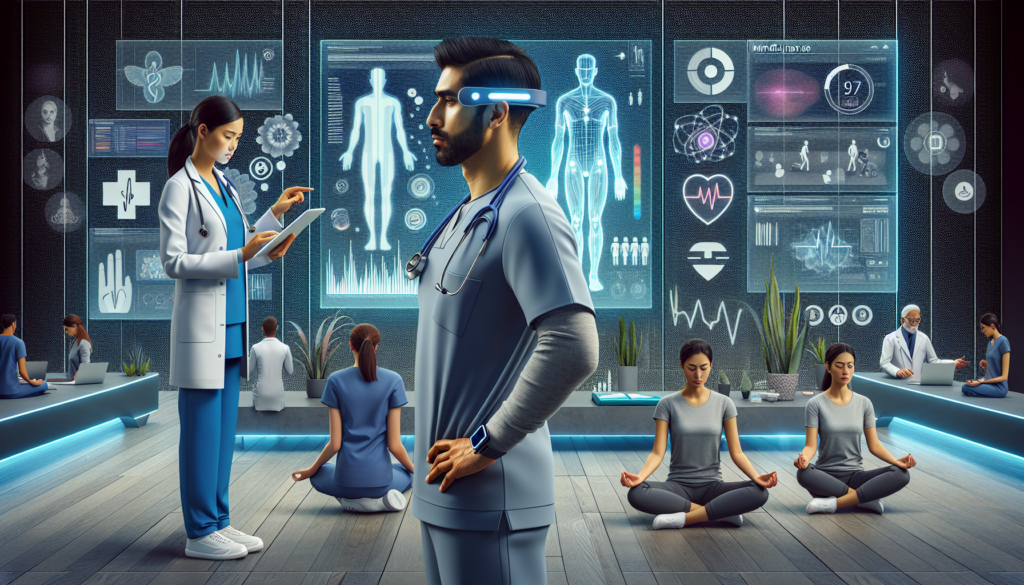
Building a future-ready workforce requires strategic efforts in recruiting and retaining talent in a highly competitive market. Healthcare organizations need to adopt innovative strategies to attract skilled health care professionals and ensure they remain engaged and satisfied in their roles. This includes offering competitive compensation, professional development opportunities, and a supportive work environment.
An inclusive and flexible workplace culture is also essential. Fostering an environment that values diversity and flexibility helps healthcare providers create a more resilient and adaptable workforce. This approach can help mitigate burnout and improve job satisfaction among healthcare practitioners, leading to better patient care and outcomes.
SHIFTit Health is one example of an organization supporting healthcare providers in implementing these strategies. By offering tools and resources to enhance workforce management and promote a positive work culture, SHIFTit is helping healthcare organizations prepare for the future.
Case Studies and Real-World Applications
Real-world applications and case studies provide valuable insights into the successes and challenges of implementing new healthcare trends. For instance, some healthcare providers have successfully integrated telehealth services to manage chronic conditions and reduce hospital readmissions. These examples demonstrate the potential of telehealth technology to enhance patient care and improve operational efficiency.
However, not all applications are without challenges. Some organizations have faced difficulties in ensuring the consistency and quality of remote care. These challenges underscore the importance of thorough planning and continuous evaluation when adopting new healthcare models.
Examining these case studies allows healthcare providers to learn from both the successes and setbacks of their peers, making informed decisions about how to best implement new technologies and work models.
Future Trends in Remote Work
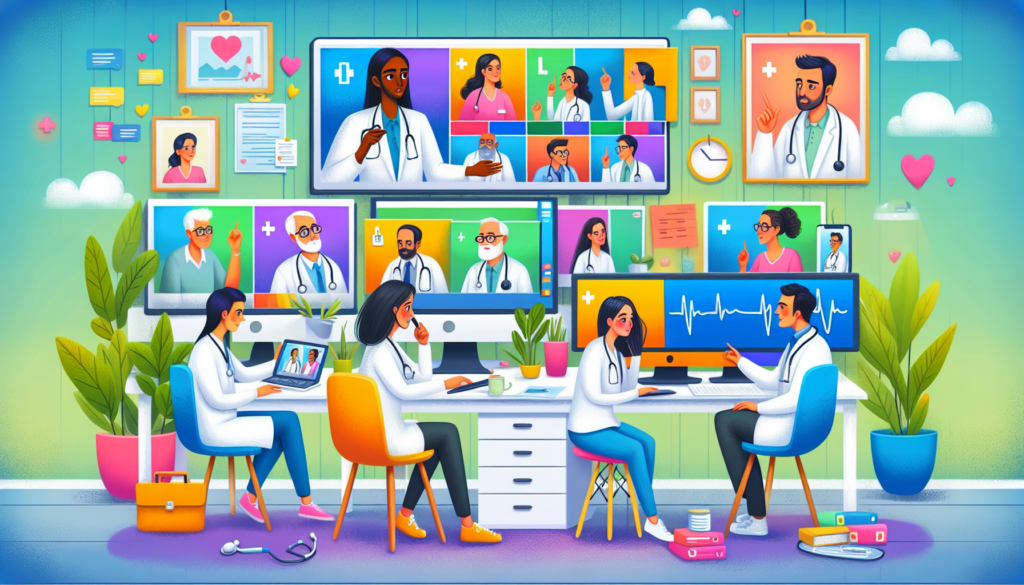
The future of remote work in healthcare is shaped by emerging technologies and evolving patient needs. Artificial Intelligence (AI) is expected to streamline telemedicine by automating routine tasks and enhancing patient engagement. AI and machine learning are also driving advances in digital health monitoring, enabling more precise diagnoses and tailored treatment plans.
Health tracking technologies, particularly in response to Covid-19, are becoming increasingly important. Companies are implementing tools to identify early signs of illness, helping to prevent the spread of diseases and improve overall patient health.
Wearable health technology is another critical trend. Medical devices like pulse oximeters and smartwatches provide real-time health data to healthcare providers, allowing for continuous remote patient monitoring. This technology not only improves patient care but also reduces the need for frequent in-person visits.
The integration of personal health records with telehealth systems is expected to enhance the continuity of care, making it easier for healthcare providers to track and manage their patients’ health over time. As these technologies continue to evolve, they will play a pivotal role in shaping the future of remote healthcare work.
Implications for Healthcare Providers
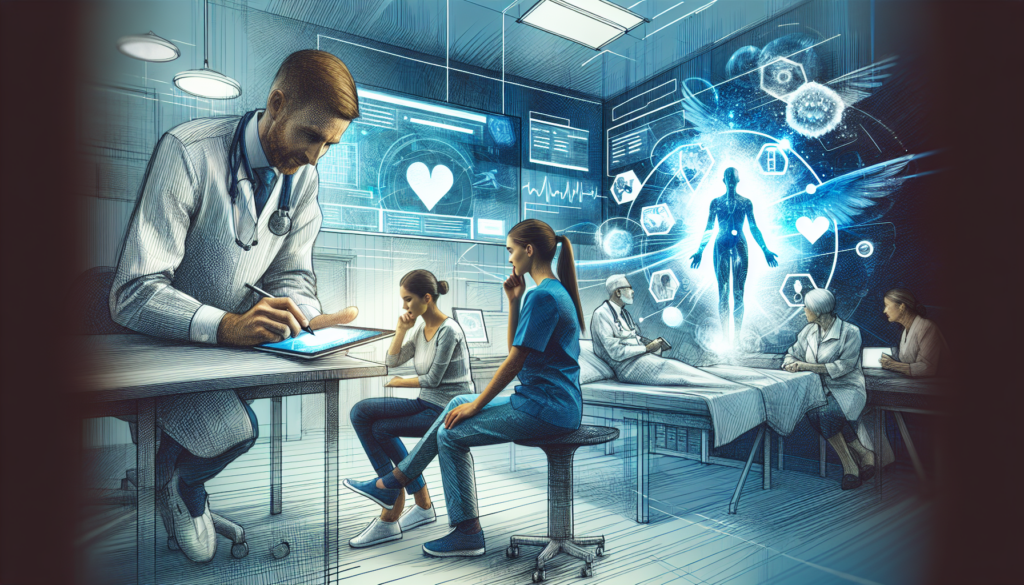
The adoption of telehealth technologies offers numerous benefits for healthcare providers. Virtual consultations allow healthcare practitioners to treat more patients while reducing their risk of exposure to infectious diseases. This is particularly beneficial in light of the recent pandemic, where minimizing physical contact has become crucial.
Telehealth also helps reduce overhead costs associated with in-person visits, benefiting both patients and providers. Leveraging these technologies enables healthcare providers to offer more efficient and organized care, especially for patients in remote or underserved areas.
Moreover, telehealth services enable healthcare providers to educate patients about their health conditions and self-management, leading to better health outcomes. Integrating these technologies into their practice allows healthcare providers to enhance patient care and improve overall health outcomes.
Summary
In conclusion, the future of work in healthcare is being shaped by a combination of workforce challenges, technological innovations, and evolving patient needs. From the rise of the gig economy to the integration of AI and telehealth technologies, the healthcare industry is undergoing significant transformations. These changes present both opportunities and challenges for healthcare providers, who must adapt to remain competitive and provide high-quality care.
As we move forward, it is essential for healthcare organizations to embrace these trends and invest in building a future-ready workforce. By doing so, they can ensure better health outcomes for patients and create a more sustainable and resilient healthcare system. The journey ahead is filled with potential, and those who are prepared to navigate it will lead the way in shaping the future of healthcare.
Frequently Asked Questions
What are the main challenges facing the current healthcare workforce?
The current healthcare workforce faces significant challenges, primarily due to shortages of qualified professionals in essential areas like home health and hospice, combined with an increasing demand for these services. Addressing these issues is crucial for ensuring effective patient care.
How is the gig economy impacting healthcare?
The gig economy is positively impacting healthcare by providing flexible work models that enable healthcare professionals to select their schedules and locations, thereby addressing staffing shortages and enhancing job satisfaction. This trend can lead to a more responsive and adaptive healthcare system.
What role does AI play in healthcare?
AI plays a critical role in healthcare by analyzing large datasets to assist in diagnosis and treatment, while also automating routine tasks to improve efficiency in telemedicine and enhance patient engagement.
How can healthcare providers create a future-ready workforce?
Healthcare providers can create a future-ready workforce by recruiting and retaining talent with competitive compensation and ongoing professional development, while fostering an inclusive and flexible workplace culture. Leveraging resources from organizations can also enhance these efforts.
What are some future trends in remote healthcare work?
The future of remote healthcare work will increasingly rely on AI and machine learning for digital health monitoring, along with advanced wearable technologies for remote patient tracking. These innovations will enhance early illness detection and improve the integration of personal health records with telehealth services.
